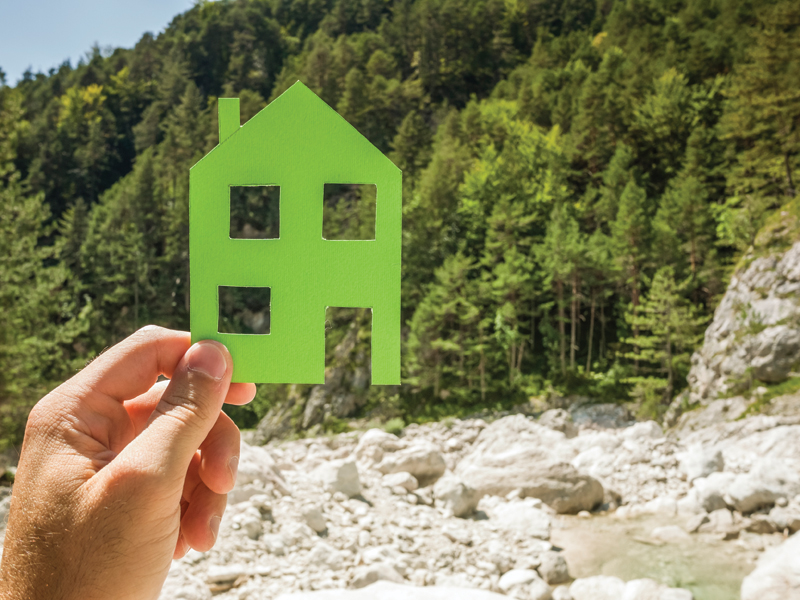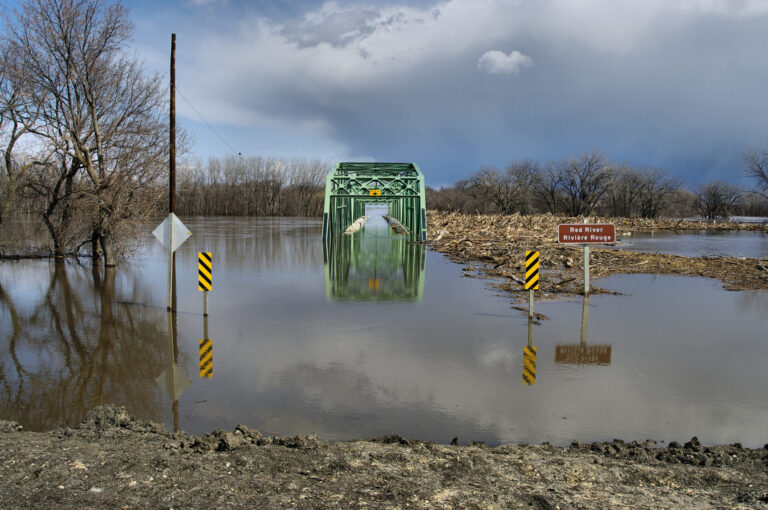As green building practices move into the mainstream, many new significant projects in Canada are “going green.” Increasing energy costs and mounting political and social pressures for sustainable development are contributing to the growth of green building practices. To date, more than 7,000 construction projects—comprising 1.5 billion square feet in 30 countries—have received LEED certification.
While successful green energy projects can deliver financial and public-relations benefits, like any new and innovative approach to design and construction, green building also carries certain risks. What are they and what can industry participants do to mitigate these risks?
Failure to certify
When industry participants commit themselves to achieving green building certification standards, they could be exposing themselves to risks they might not otherwise assume on a conventional building project. Failure to achieve such certification standards may result in costs and losses: lost sales, government incentives, and tax credits; increased design and construction costs; contractual damages as provisions on projects with green mandates; increased operation and maintenance costs; diminished asset value; and ultimately, exposure to litigation.
To date, there is not a significant body of cases in Canada, or in the United States for that matter, that involve green building construction practices. One of the few examples of the pitfalls of committing to achieve a particular green certification standard to be drawn from case law is the U.S. case of Southern Builders v. Shaw Development. This case involved a condominium project that was intended to achieve LEED Silver certification. After significant delays in the construction process, the project failed to meet the contractual completion date required to obtain an occupancy permit, and subsequently failed to obtain the requisite LEED certification within the time period prescribed for receiving a state tax credit. The condominium developer alleged that the builder breached its contract in failing to construct an environmentally sound “green building” within the LEED rating system. The building contract, however, did not reference the tax credits, how they would be achieved, or the consequences associated with a failure to achieve the tax credits.
While this action ultimately settled out of court, it highlights the importance of crafting careful contract language in allocating green building risk. For example, if a project is to achieve LEED or any other certification, the responsibilities associated with obtaining that certification should be clearly assigned to the appropriate party or parties. For contractors, it highlights the risks of committing to achieve a certification that is granted by a third party outside of their control. Furthermore, the successful achievement of a green certification standard is based primarily on design criteria and, depending on the contractual structure, a contractor may have little control over design.
Design professionals will want to carefully review contract documents to ensure they understand what they are committing to provide and the potential scope of damages should they fail to deliver. For design professionals who promote themselves and their work as “green,” failure to meet contractual requirements or provide a green product may result in being held to a higher standard of care, lost business, reputational damage, and, potentially, claims of misrepresentation.
Following building standards
In addition, some Canadian jurisdictions have incorporated green building standards into building codes, which may also factor into what standard of care will apply to a contractor or design professional. For example, in January 2012, Ontario’s building code introduced new energy efficiency guidelines that require compliance when applying for a new building permit. Green standards receiving legislative approval can also create exposure to damages for regulatory non-compliance.
Misrepresentation or greenwashing
The case of Toronto Standard Condominium Corporation No. 1898 v. 743 Queen Street East Toronto Inc., et al., provides an example of what can happen when a project fails to meet advertised efficiency levels and allegations of “greenwashing” (or false eco-advertising) arise. In this case, a group of condominium owners sued the condominium’s developer and architect for damages arising from construction deficiencies. It was alleged in the statement of claim that the developer marketed the condominium as a “cutting-edge green building containing the latest environmentally friendly technology and features,” including an energy-efficient geothermal system, when, in fact, the HVAC system did not achieve the savings and efficiencies “promised” in the marketing material. The condominium claimed unit owners relied on these “false” marketing statements when purchasing their properties and suffered damages as a result. Toronto Standard settled out of court.
The lesson for contractors and design professionals arising from this case is to be cautious of representing themselves as experts in green or making related commitments with respect to contracts and advertisements or marketing materials. Marketing claims of a “green building” should not be left open to subjective interpretation—they should instead be based on independent, reliable standards that verify the building is as green as it was promised to be.
Use of green building products
A separate risk associated with green building involves the use of green materials or materials containing recycled content. The increasing popularity of such products may be due in part to the availability of credits associated with certification standards and also to the increasing public pressure for sustainable development. Irrespective of the reason, caution should be taken if warranties are being sought with respect to unproven materials. Of particular concern is the risk of mould or water damage associated with building envelopes, air circulation systems, and green roofs, the long-term consequences of which are uncertain.
Insuring against such risks
In light of the attendant risks associated with green building, industry participants should carefully review their current insurance policies and consider whether additional insurance is required.
Some insurers have recognized the need for additional coverage for green building by offering “green reputation coverage” to protect participants in cases where a green project fails to achieve LEED certification. Included in the coverage is reimbursement for “adverse green defence costs” arising out of an “adverse green claim.” Green reputation coverage also covers when a green building experiences adverse publicity, including the provision of funds to employ crisis management specialists to manage adverse publicity, guide and counsel key company personnel, and provide other services to assist in restoring a company’s reputation. However, given the lack of judicial interpretation on the scope of green reputation coverage, it is uncertain whether this type of policy would cover greenwashing claims.
While the demand for green building continues to grow, stakeholders involved should tread cautiously when making any assurances with respect to green building. All contracts should be drafted with precision and parties should ensure that they are satisfied they have proper insurance coverage in place to manage and mitigate these risks.
Sharon Vogel is a partner and Sonny Ingram is an associate at Borden Ladner Gervais LLP in Toronto.











